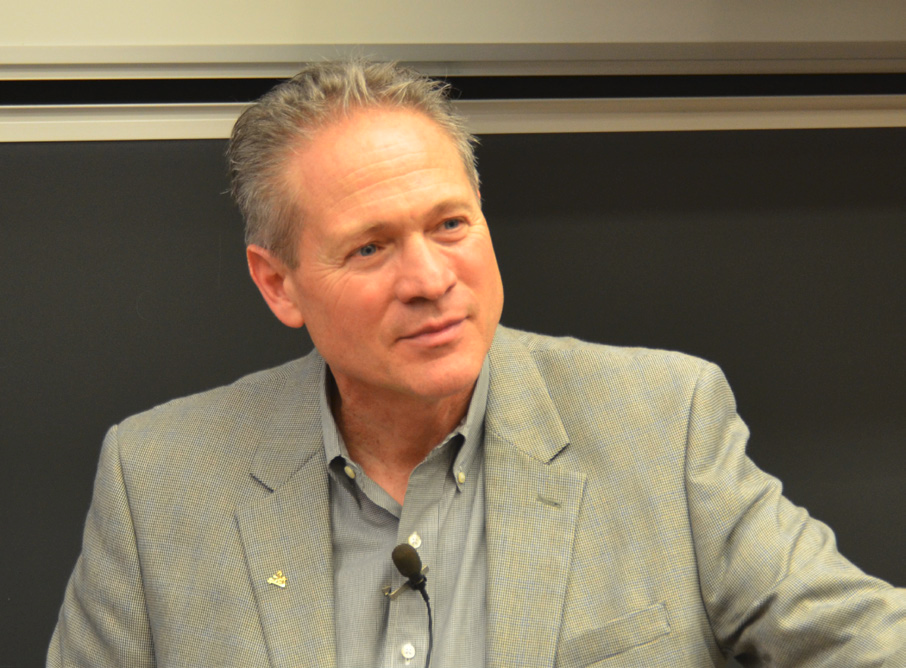 How to identify and nurture emerging leaders continues to be a challenge in today's architecture or engineering firm.
How to identify and nurture emerging leaders continues to be a challenge in today's architecture or engineering firm.
For some tips and advice on how A/E firms can work on developing next generation leaders, we sat down with Gary Christopher, President of The Jholdas Group.
How do you recommend identifying and selecting emerging leaders? At the end of the day the best emerging leaders have both high character and high competency in leadership. The competency in leadership relates more to emotional intelligence than IQ. They understand the A/E business, and are typically a potential or existing client or market leader or a potential practice area leader within the firm.
We use a combination of tools to identify emerging leaders including PSMJ’s HR Model, a performance vs. potential matrix, and leader characteristics from the Center for Creative Leadership. It takes both high character and high competency for major breakthrough. Anything less puts the firm at risk for long-term stagnation and middle-of-the-road performance or even catastrophic failure.
What are the best ways for developing leaders for a strong leadership pipeline? Conviction regarding intentionality is the key. I have heard many leaders say the “cream always rises to the top.” Cream does rise, but there are ways to accelerate the process and ensure the best.
We recommend creating an intentional emerging leader development plan geared toward developing across gaps in leadership capability.These gaps may involve skill set, experience, job assignment or specific leadership traits. Developmental action may entail individual coaching and mentoring, providing opportunities for different job experiences, and enrolling the emerging leader in a leadership development program geared towards the A/E industry.
We have had great success in teaching and coaching key leadership areas such as understanding self and others, communications (interpersonal, listening, extemporaneous speaking, and delivering presentations), understanding and working through team dysfunctions while developing high performance teams, coaching others, as well as understanding financials such as consolidated income statements
and profit and loss statements.
What sort of environment in an organization is required to develop leaders? Creating an environment conducive to development and cultivation of leaders is crucial. It is not enough to have or recruit potential talent.
There are three keys to create a strong and sustainable leadership engine that will build the pipeline: a learning culture for intentional development, a leadership culture where vision is cast and linked throughout the organization, and a family culture where both excellence and accessibility is high and modeled. It is rare to find A/E firms with all three aspects of culture in place.
What does a culture with a strong leadership engine look like? Where a learning culture exists you find leaders seizing the moment to coach emerging leaders through a Kairos moment. You also see an internal leadership development university used to equip emerging leaders with tools to develop their leadership
on the job, as well as ongoing coaching conversations where emerging leaders imitate what has been modeled as a coaching leader.
Where a leadership culture exists, you find collaborative development of a core ideology for the firm and a strategic plan where everyone in the organization is linked in and bought in.
Where a family culture exists you see not only a focus on purpose, but a willingness to enter into fun so that emerging leaders not only see excellence in their leaders which can be modeled, but also have access to learn from them. There is nothing that beats high access to something worth imitating.
About Gary Christopher: Gary has 39 years of experience in executive leadership, operations management, and project management within the engineering and construction industry for both federal and public sector clients throughout the world. In the last 15 years, as President of The Jholdas Group, Gary has provided executive development and mentoring along with business process improvements while functioning as interim CEO and COO for clients. Connect with him on Linkedin or via email.
 For more information on developing next generation leaders, check out PSMJ's Five Must-Have Skills for Future A/E Firm Leaders, a clear and concise overview, direct from PSMJ’s architecture and engineering industry experts, of the ever popular subject of developing emerging leaders. This complimenatary e-book gives an overview of the skills needed to develop your firm's top-performing employees.
For more information on developing next generation leaders, check out PSMJ's Five Must-Have Skills for Future A/E Firm Leaders, a clear and concise overview, direct from PSMJ’s architecture and engineering industry experts, of the ever popular subject of developing emerging leaders. This complimenatary e-book gives an overview of the skills needed to develop your firm's top-performing employees.
Other leadership development-related blog posts:
Where Are The Next Generation Leaders?
Expert Interview: Advice on Coaching and Mentoring
Developing the Next Generation of Principals
From PSMJ's A/E Industry Summit: Leadership Lessons From Shackleton


